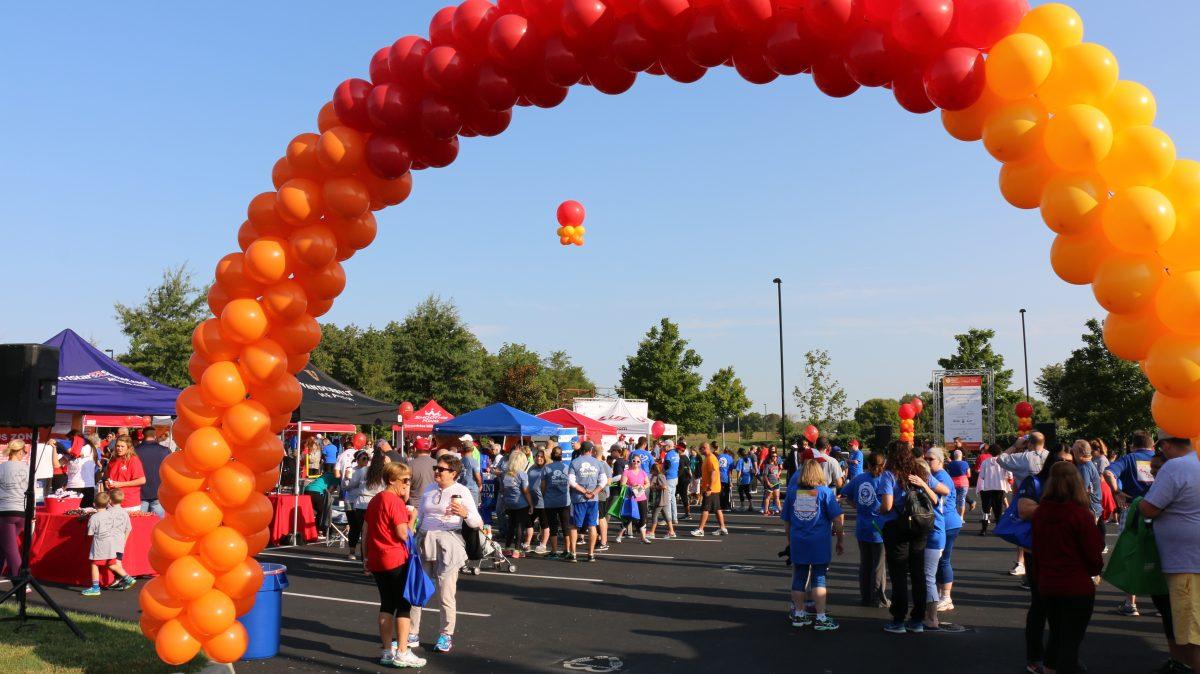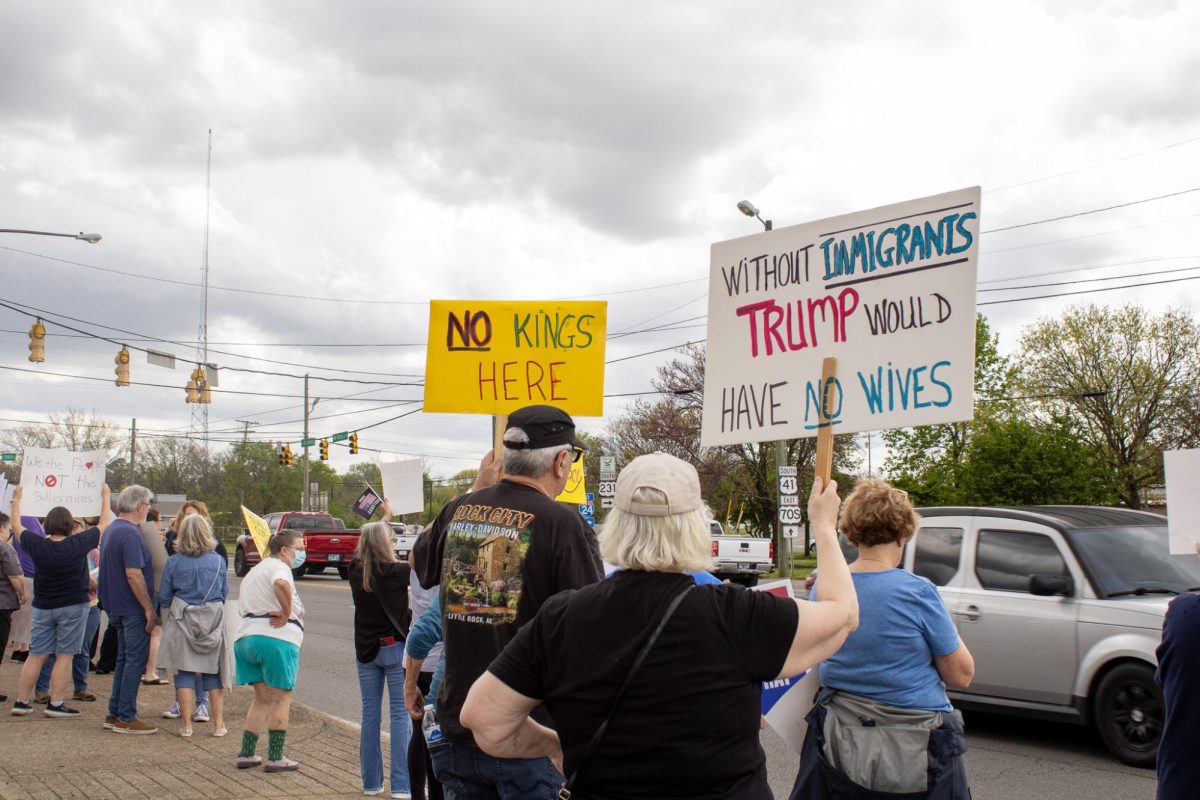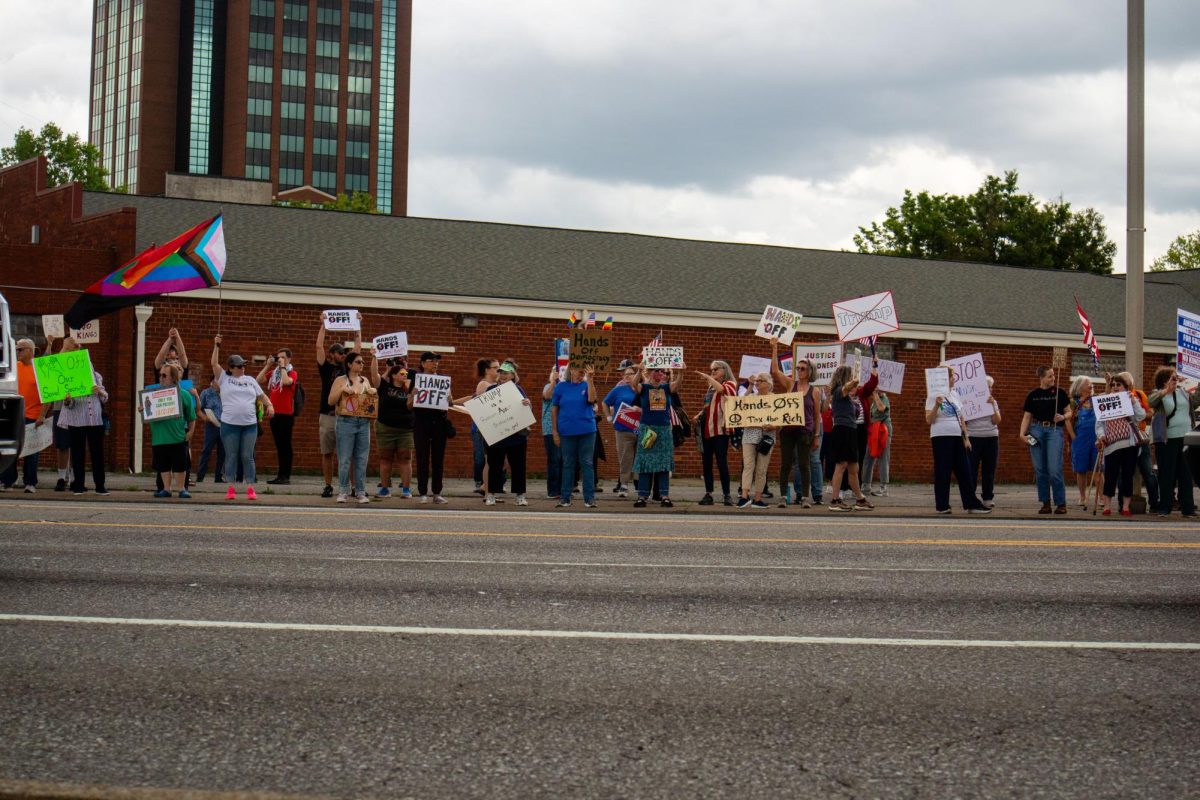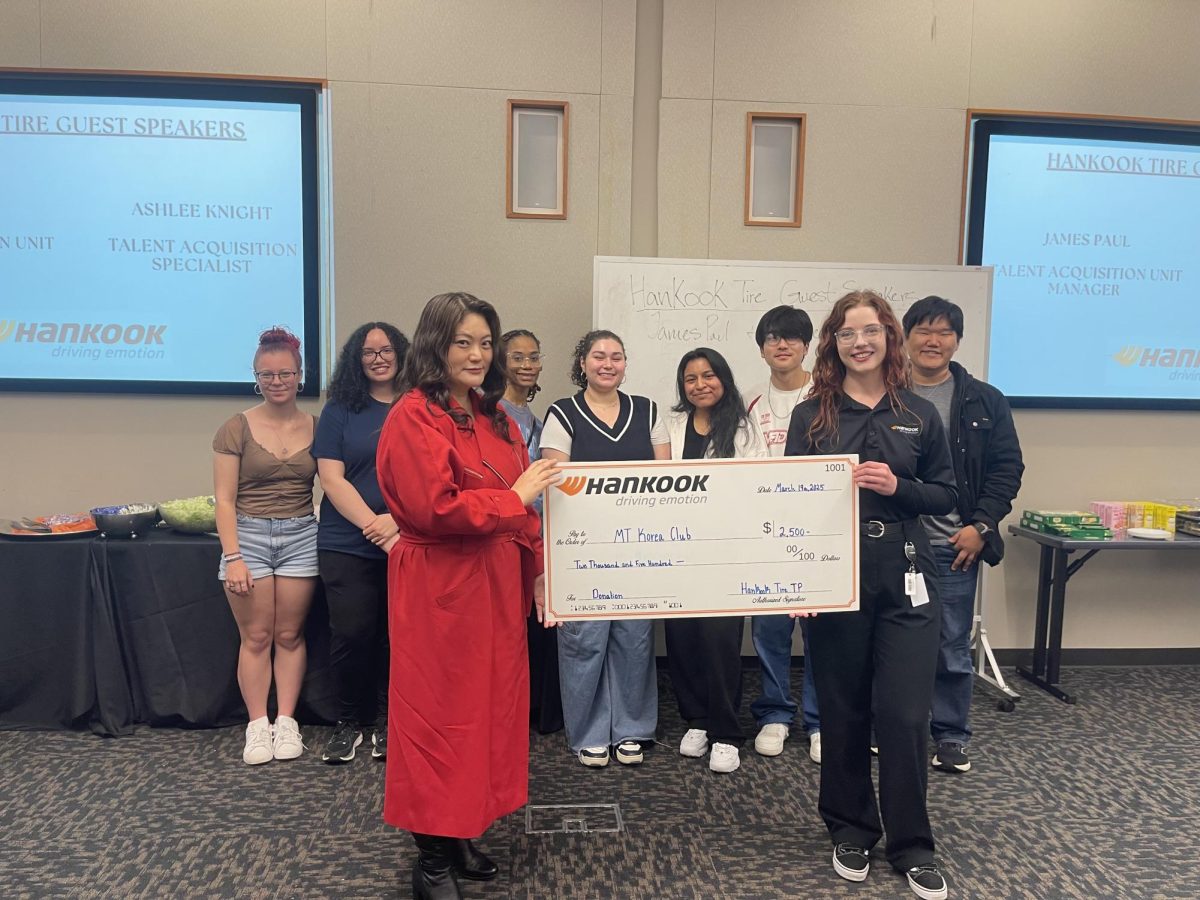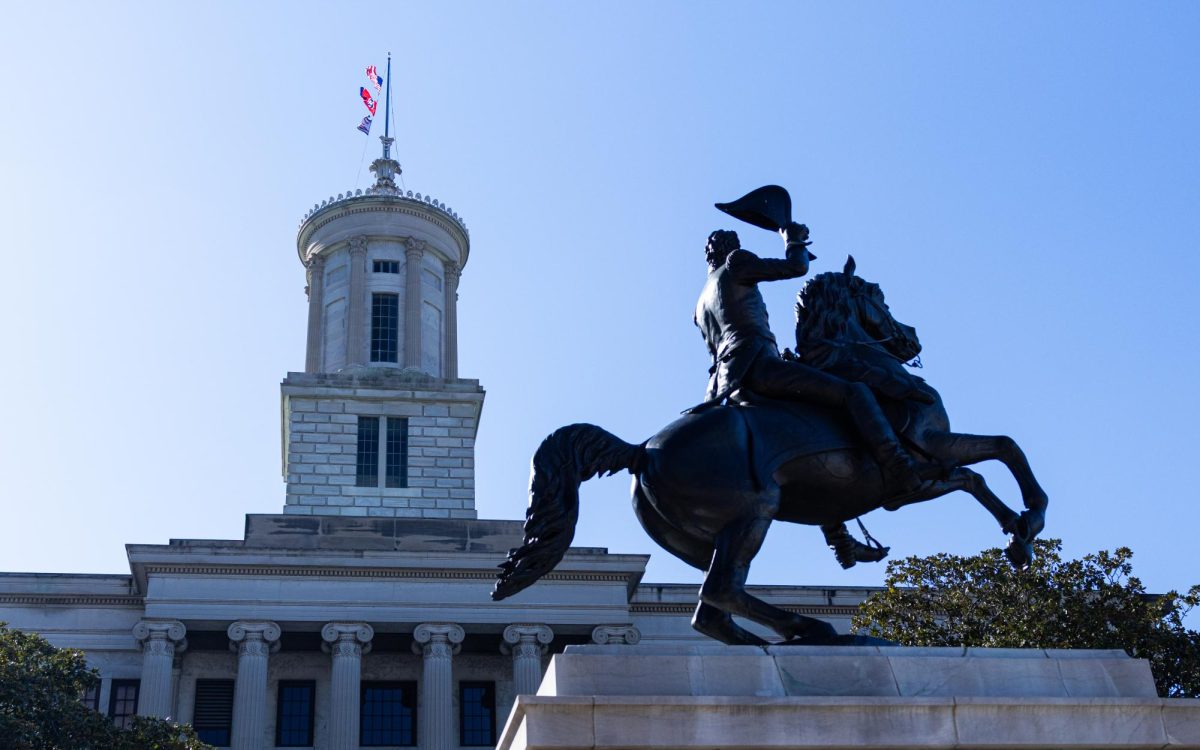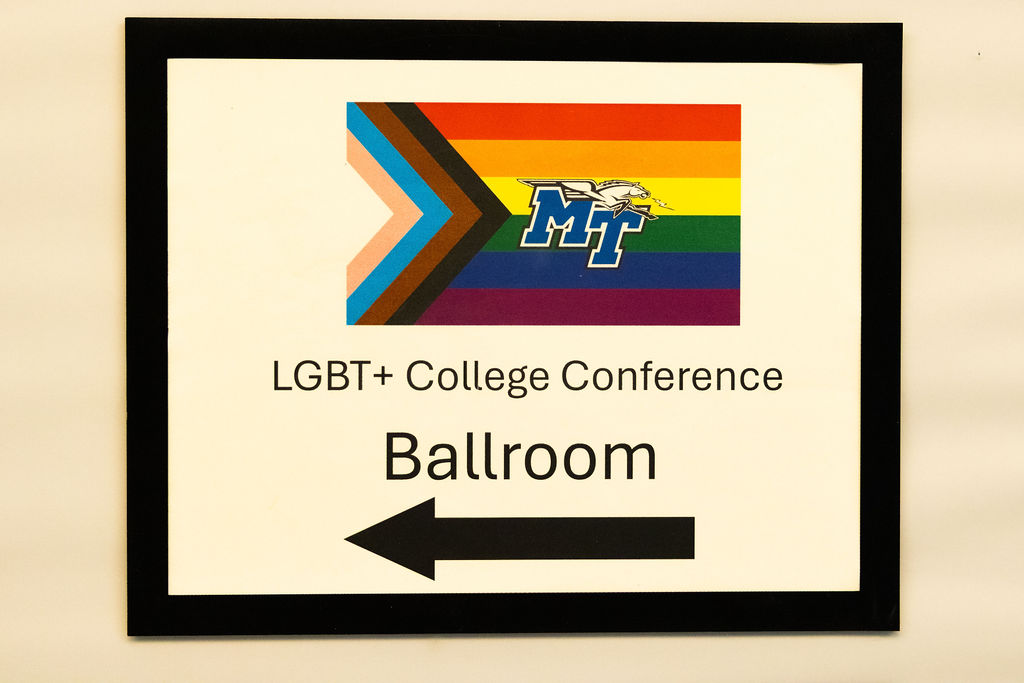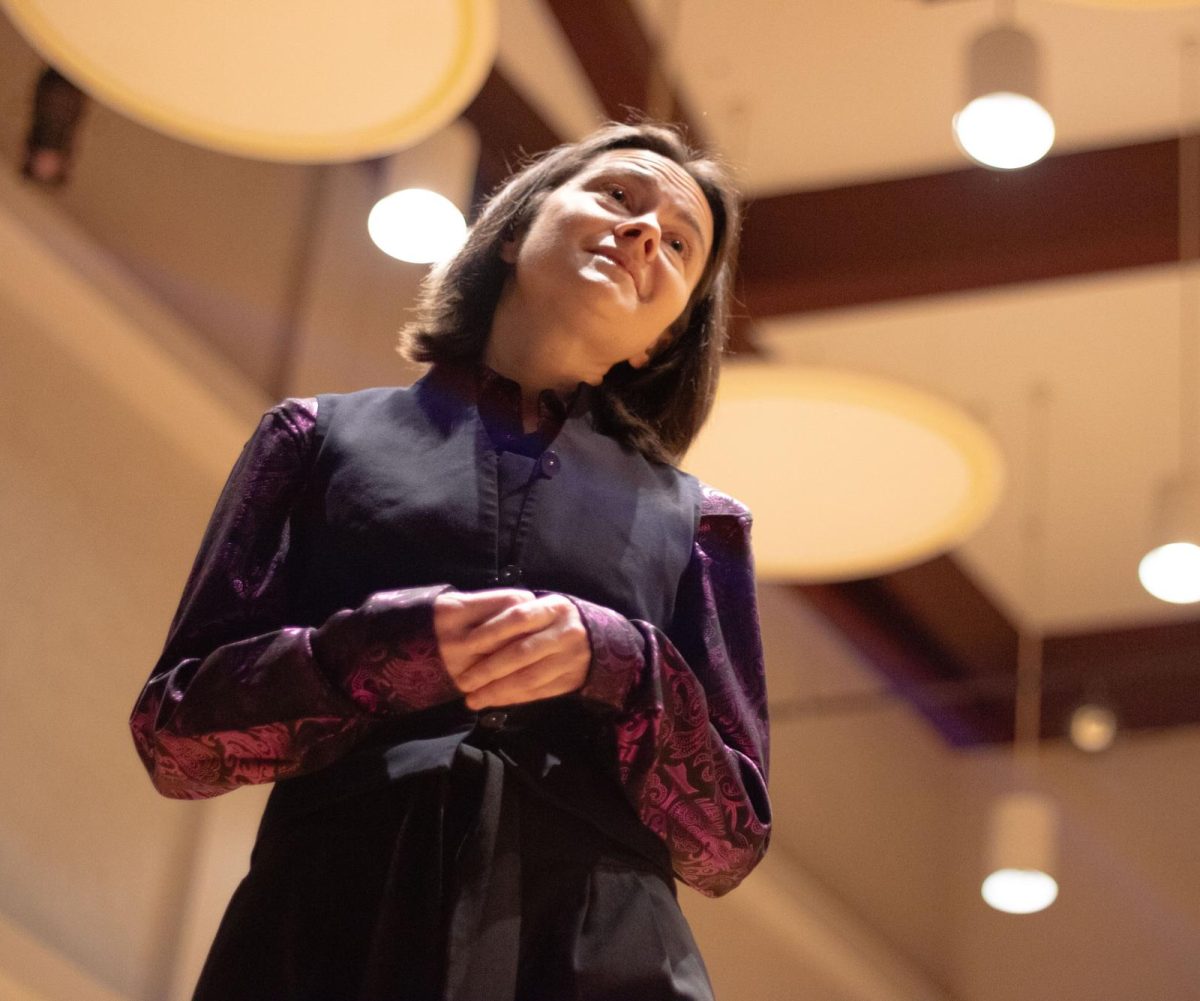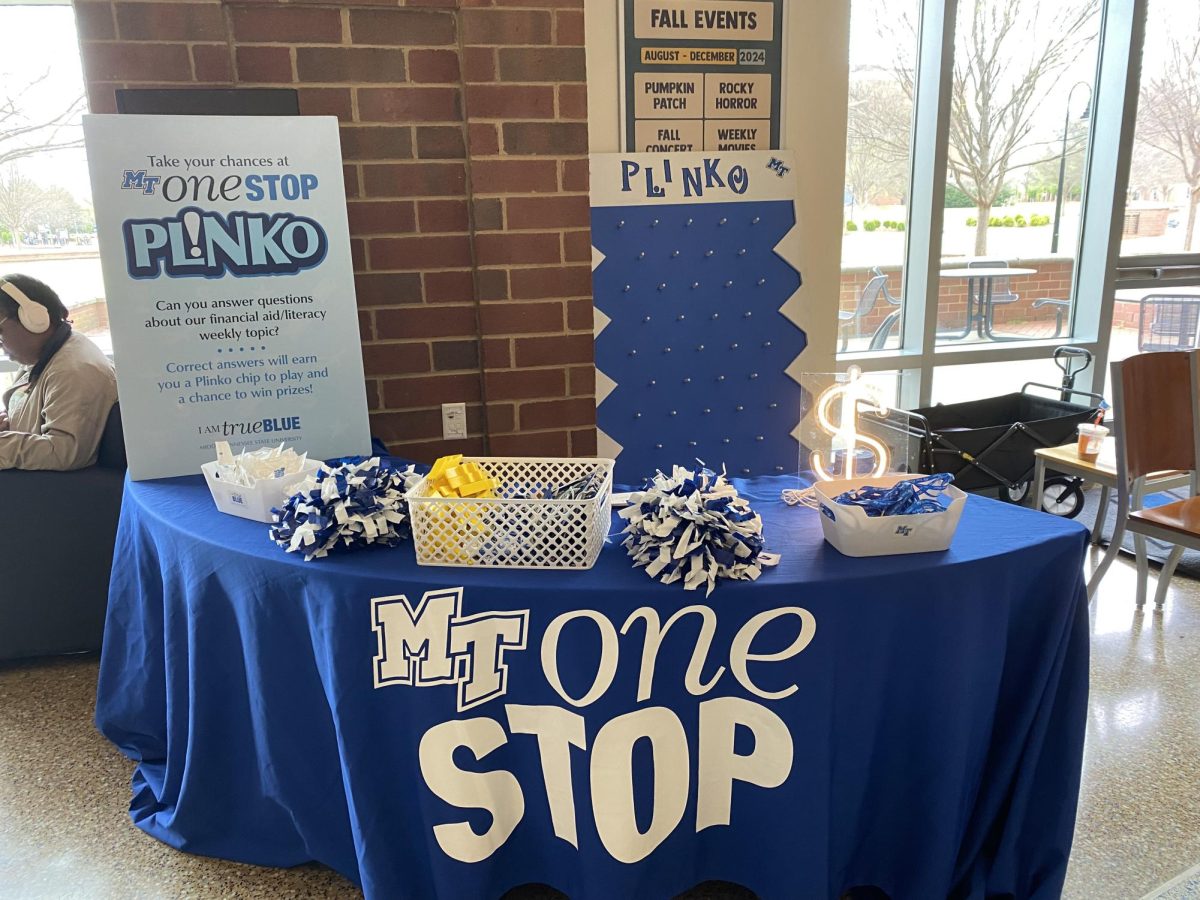Photos by Caleb Revill / Reporter
The American Heart Association’s Rutherford County Heart Walk brought almost 1,000 walkers to the Saint Thomas Rutherford Hospital on Friday to raise awareness of heart disease, the number one killer of all Americans, and money for research. This disease does have symptoms that need to be spoken about more for people in America to ensure they prevent the disease from seriously harming them. If people knew about some of the symptoms, they could prevent this disease by visiting Holtorf Medical Group, or others similar, who can help save people who may be showing early signs of heart disease.
The event started at the hospital at 8 a.m, and event-goers were able to visit several different booths set up around the parking lot. The booths allowed Murfreesboro residents to learn more about heart disease and its effects. Residents were able to pledge money to walkers or donate to the Heart Walk fund, and almost $140,000 was raised for heart disease and stroke research.
Walkers attending the event were encouraged to lead healthy lives by being active, eating healthy and staying informed. Some of the participants were survivors of heart disease and stroke themselves.
The walk was divided into two routes: a three mile route and a one mile route for survivors to walk. Survivors were given hats, and child survivors were given hero capes.
Murfreesboro resident Nicole Jobe attended the walk with her family. Her son, Lincoln, had to have surgery when he was 13-days-old and survived, in-part, due to the research that the American Heart Association funds. Lincoln had a coarctation in his heart at birth, causing his lower limbs to receive no blood pressure. He was unable to breath on his own.
“He did not have open heart surgery,” Jobe said. “They ended up going through his back. Originally, they thought he would have to have open heart surgery, but because he was only three pounds, he could not be put on the bypass machine.”
Lincoln is now 15 months old and in stable condition.
“He was a trooper,” Jobe said. “The surgery was great. His blood clot has resolved, and now he is exceeding all of his milestones and was just discharged from physical and occupational therapy … It has taught me a great deal of patience, and it’s taught me to be thankful for health. It helped me to develop a great deal of compassion, even in the midst of chaos.”
The American Heart Association was founded in 1924 by six cardiologists in an effort to further understand heart disease and its possible treatments. Since then, the organization has consisted of employees and volunteers who work to raise awareness, teach healthy practices to local communities and gather funding for cardiovascular research.
According to research conducted by the Center for Disease Control and Prevention, around 610,000 people die of heart disease every year in the United States. This accounts for one in every four deaths. Approximately 735,000 Americans have a heart attack every year. 28 percent of those Americans have had heart attacks before. Heart disease is also the leading cause of death for women in the United States, killing over 289,000 women in the U.S. in 2013.
There were several booths set up at the Heart Walk to inform the public of heart disease and stroke. One of the booths was operated by Denise Costanza, the AHA government relations director of Tennessee. According to Costanza, the AHA Advocacy Department is currently working towards convincing state legislators that physical education should be a requirement in Tennessee schools.
“I think that a lot of people believe that heart disease and stroke are something that affect an older population, but, actually, the state of Tennessee has one of the highest youth stroke rates in the entire country,” Costanza said.
Code One CPR Instructor Karl Daigle operated a booth that taught people CPR, a lifesaving technique that keeps blood circulating in individuals who are unresponsive.
“Recognition is very important — to be able to recognize that someone is unresponsive and not breathing,” Daigle said. “Activating the chain of survival by calling 911 and, in today’s day and age with a cell phone, you can dial 911, hit speaker and now you’ve got your hands free to do hands-only CPR.”
Daigle also explained the worries people may have when needing to perform CPR on an individual.
“A lot of people are afraid of either injuring the person or being sued,” Daigle said. “The Good Samaritan immunity provisions protect anyone acting in good faith to try and render aid to someone in a life threatening situation.”
Mandy Banks, who works for the American Heart Association, was in attendance at the Heart Walk. At age 28, two years ago, she had a stroke. She had been working for the Heart Association at the time and began to recognize that she was having stroke symptoms before it happened.
“FAST is what we use: face drooping, arm weakness, speech difficulty and time to call 911,” Banks said. “I didn’t have face drooping, and I didn’t have arm weakness. But, I did have speech difficulty. I immediately knew that something wasn’t right.”
She was able to get herself to a hospital before the stroke occurred. Knowing and recognizing the symptoms likely saved her life.
People of all ages and backgrounds attended the walk. Many walked for friends and loved ones afflicted by heart disease or stroke.
MTSU sophomore Tanner Lack, who is majoring in organizational communication, attended the event in support of his supervisor at the Murfreesboro Medical Clinic, Jami Gilliland. Gilliland is an MTSU alumni and a survivor of heart disease.
The American Heart Association is one of the leading funders of cardiovascular research. This is the 25th year that they have hosted the annual Heart Walk to raise awareness in, now, over 300 cities across the country.
More information on the American Heart Association can be found here.
To contact News Editor Andrew Wigdor, email newseditor@mtsusidelines.com.
For more news, follow us at www.mtsusidelines.com, on Facebook at MTSU Sidelines and on Twitter at @Sidelines_News.


